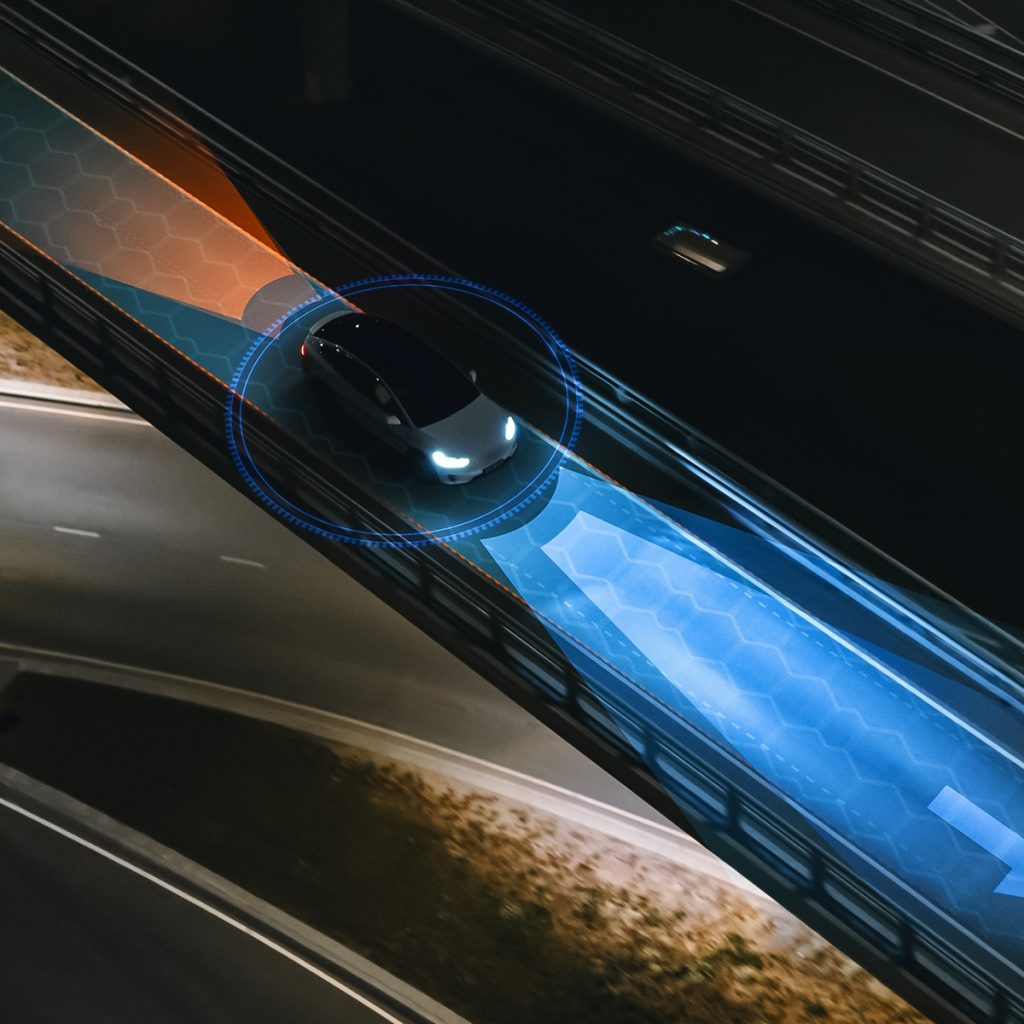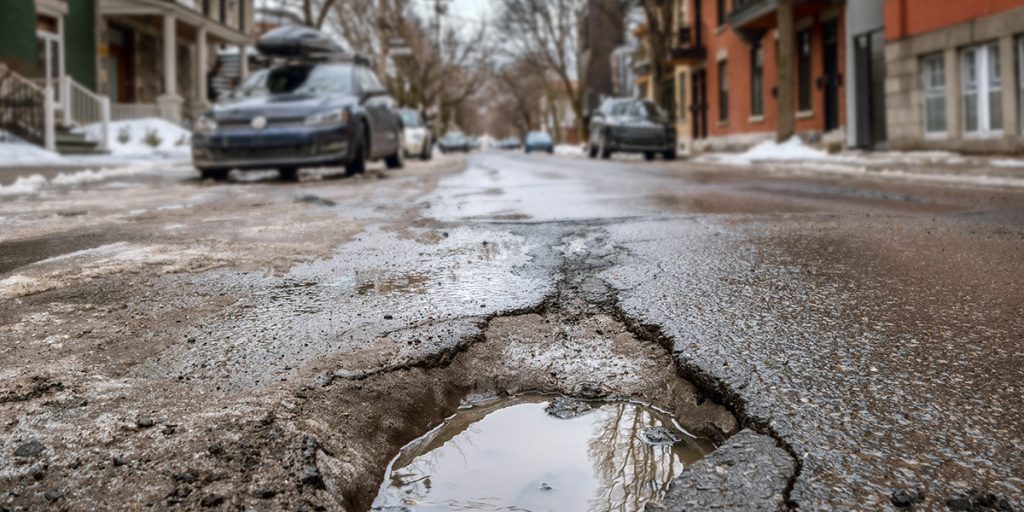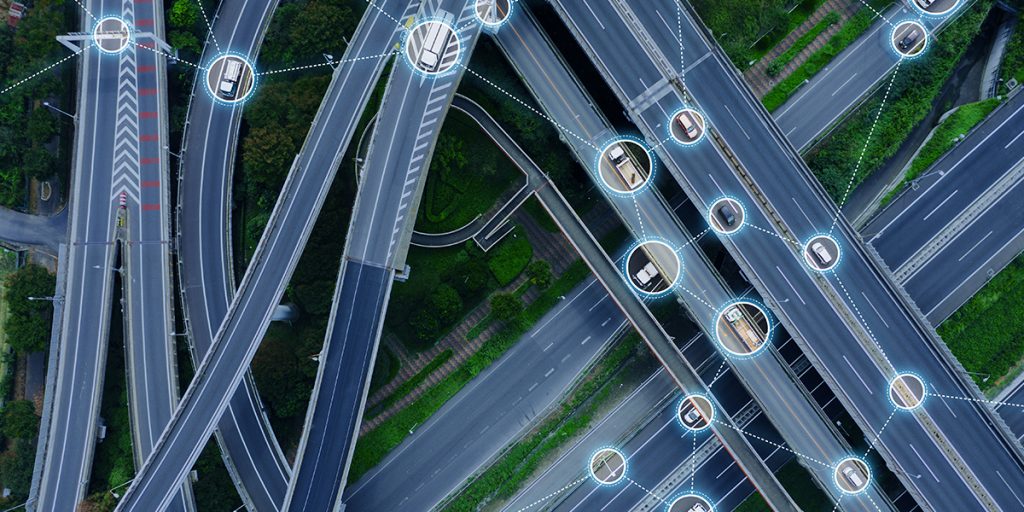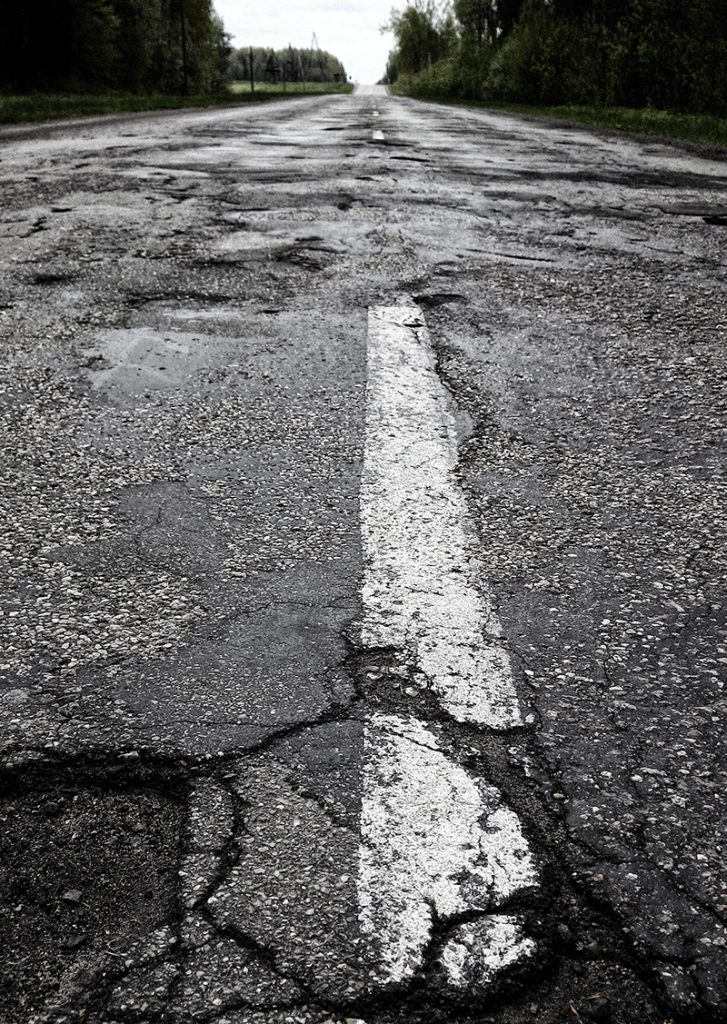
“Any system that contributes to improving road safety for motorists is welcome,” extols the co-founder of Somos Movilidad, Raúl González. He is referring to the program developed with artificial intelligence (AI) by the Korean Institute of Civil Engineering and Construction Technology (KICT) to detect potholes on the road. Yes, as surprising as it sounds.
This is one more example of the revolution that our hyperconnected world is experiencing with what are known as smart roads, which, in this case, provide greater efficiency to reduce the number of accidents at the wheel.
“If it makes the operation of the safety triangle – tires, shock absorbers and brakes – optimal to guarantee maximum performance in this area, that’s perfect!” points out the expert. Because the fact is that potholes, bumps and defects in the asphalt, in general, interfere with the correct adhesion of the wheels to the road and can have negative effects on the brakes and shock absorbers,” they say at Somos Movilidad, a “Spanish initiative for sustainable, safe, and innovative mobility.”
And artificial intelligence as an engine of progress enters here at full speed – not without encountering certain skepticism from some sectors.

AI as an engine of progress
Despite having existed for many years, “everything has changed with the explosion of generative artificial intelligence and its democratization,” says Borja Garzón, founder and chief learning officerat educacionconinnovacion.com. AI has become available to anyone with a computer and without the need to have much technical knowledge, even offering the option of being multimodal, of being able to ask for texts, images, videos, conversation, almost anything,” he continues, highlighting the potential of AI to promote creativity and teamwork, without losing the critical gaze, that of the eternal debate when something unknown, groundbreaking, and disruptive arises. Because, as in so many other moments in history, it is not so much about the technology, but about its use. “AI is able to carry out repetitive tasks in an automated way and, from the Industrial Revolution until now, that was the work of human beings; with artificial intelligence, more valuable time is left to people,” argues specialist Borja Garzón, who advocates a “digital optimism” and celebrates the rise of this technology also in the motor world, as evidenced by this invention from Korea: a pothole-filtering program that, after optimizing a previous application, is creating a lot of buzz.


The KICT or Korean Institute of Civil Engineering and Construction Technology has achieved media notoriety with its idea. Although there have been other attempts in this area, this system has attracted special attention.
It should be remembered that pavement imperfections on all types of roads are caused mainly by water or due to drastic meteorological phenomena, especially in this time of climate change and extreme weather. How does it happen? The lower base of the road gradually loses strength and the movement of cars generates those annoying cracks, faults, and holes that can even become a danger to traffic. And so, with this starting point—reducing the risks caused by road issues—Korean researchers aim to clearly identify all the potholes in order to repair them as quickly as possible. And all thanks to artificial intelligence.
Although the KICT had already developed an app that sent alerts on the state of the tarmac, the results were imprecise, limited to the coverage of the smartphone on duty and, sometimes, made mistakes when it came to lane markings, tire tracks and shadowed areas. So the team at The Korean Institute of Civil Engineering and Construction Technology turned to artificial intelligence, so that, through an algorithm, potholes were better defined and this precise information was urgently shared with those responsible for road maintenance. The aim? To repair ditches, cracks and all kinds of war injuries on highways and roads more quickly and efficiently to reduce accidents and, in addition, save costs. Yes, every year several tens of millions of euros are spent on this task, which directly affects that safety triangle made up of tires, shock absorbers and brakes. A reality that perhaps AI, as seen in this instance, will be able to solve more quickly. The future is here. But, in the meantime, always be very careful while driving!